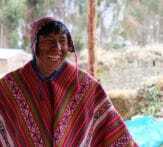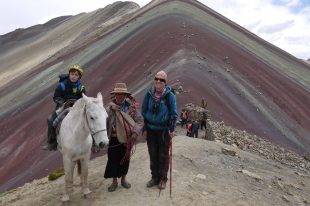Activities in Easter Island

Cultural
Cultural
View ActivityPlaces of Interest
Below you will find a few of the many attractions Easter Island has to offer for your holiday.

Easter Island: Ahu Nau Nau
Ahu Nau Nau situated near the only sand beach on the island at Anakena. The Moai statues here are in a beautiful location with palm trees.
Ahu Nau Nau was restored in 1978 by the islander archaeologist Sergio Rapu. All of the Moai here had elaborate topknots (pukao).
An important finding here was that of an almost complete eye made of coral, with a red volcanic scoria disc to represent the iris, inlaid in a circular cavity in the coral. The eye sockets of the Moai quarried at Rano Raraku were not carved until they were upright on the ahus (in order to bring them to life). It is therefore possible to tell which Moai had been erected, and which were still in transit when the society collapsed.
Here is also the ‘Navel of the World’, a ceremonial site which contains an egg shaped stone.

Easter Island: Ahu Tongariki
Ahu Tongariki (substantially restored in the 1990s), one of the most impressive locations on the island.
Tongariki contains fifteen of the largest Moai statues including an 86 tonne Moai that is the heaviest ever erected on the island.
The Moais are lined up facing inland from the Pacific towards Rano Raraku.
The statues have quite distinctive faces that require the use of telephoto lenses, but the entire landscape surrounding this location is great for further exploration.
Find Tours
Talk to our expert

Ask Kathy Jarvis
Ask a question and our expert in this area will have your answer.
Make an EnquiryEnquire
Can’t find what you’re looking for? Get in Touch
+44 (0)131 378 5593
+44 (0)131 554 6025
Testimonials

R. Mihalache, UK, 2011
» Easter Island Holidays & Tours

D. Moorhouse, UK, 2015
» Easter Island Holidays & Tours












